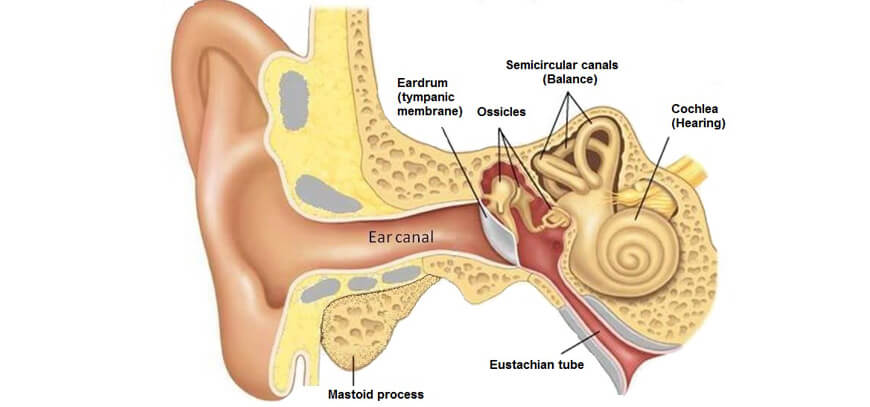Working Time
- Mon-Sat 08:00 – 20:00
Sunday Closed
Contact Info
-
Phone: +355 68 53 33 666
Tympanoplasty

The surgical procedure performed by the ears surgeon to repair a hole in the ear canal is called Tympanoplasty. There are several types of Tympanoplasty, and which is the right one is evaluated based on some factors such as the age of the patient, the cause of the injury, the location and size of the injury, and whether the patient has undergone a previous intervention or not.
Tympanoplasty with patches
It’s a short and simple procedure. It is performed in children and adults. Once the hole boundaries are prepared on the membrane, a biological tissue paper is placed on it. It takes only a few minutes, and the pains are moderate. The patient returns after 6 weeks to see if the holes in the membrane have disappeared. During this time the water in the ear should be kept away and nose bleeds and heavy physical exercises should be avoided.
Tympanoplasty with fatty tissue
This is also a procedure that doesn’t last long, about 15 minutes. Some material from the ear lobes is placed in the ear membrane hole. In the end, the ear lobes are sutured.
Medial Tympanoplasty
This procedure is performed under the general command, can be performed through the ear canal or with the backing in the back of the ear. The ear canal can be expanded, a tissue graft from the ear muscles (fascia) or cartilage slides down the ear vibrations. The procedure lasts 1-2 hours.
Lateral Tympanoplasty
This procedure is performed under general anesthesia, is done in the cases where the damage is large when it is positioned at the front of the earshot or has had previous interference. The incisions are carried out behind the ear, the ear canal extends, the whole or all of the original ear light is removed and a new one is created with the fascia graft. A small graft leaves skin from the outer ear and is used to wear the extended ear canal surface to speed up the healing process. The procedure lasts 2 to 2.5 hours.
Complications
Pain, infection or hemorrhage are possible complications after any surgical intervention. Fortunately, in-ear surgery is rare. Loss of blood after the Tympanoplasty is almost negligible. After the intervention sedatives should be taken in order to keep the pain in check. Infections after ear surgery are also very rare, however, antibiotics are for prophylaxis after medial and lateral tympanoplasty. The most common complication is the lack of closure of the hole. The frequency of this failure depends on the size and location of the ear, the ear condition or the technique used. This happens in 8% of the toughest cases. The next step may be the repetition of the intervention, which is usually successful. Another complication is hearing loss. Much of the patients have hearing improvement after the intervention, but the formation of tissue signs, Eustachian tube problems, or middle ear bone problems can lead to hearing loss and in the case of the disorder can appear tinnitus (bang in the ear).
There may be changes in taste, but it is temporary. Vertigo or nausea may appear after the intervention, but they pass quickly.
